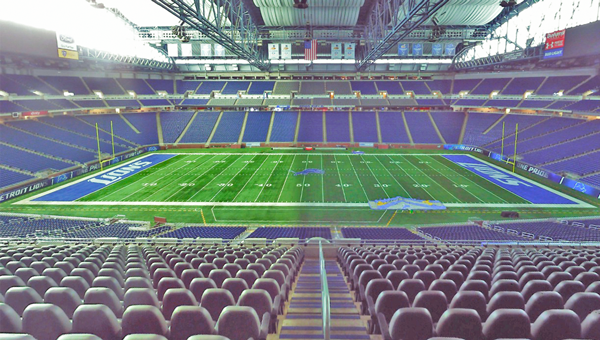October 17, 2022
Sports and Entertainment digital twin technology (reality capture) are changing the way venues are planned, renovated, and maintained. In this article we will explore how our…


 Veronica |
Veronica |
October 17, 2022

